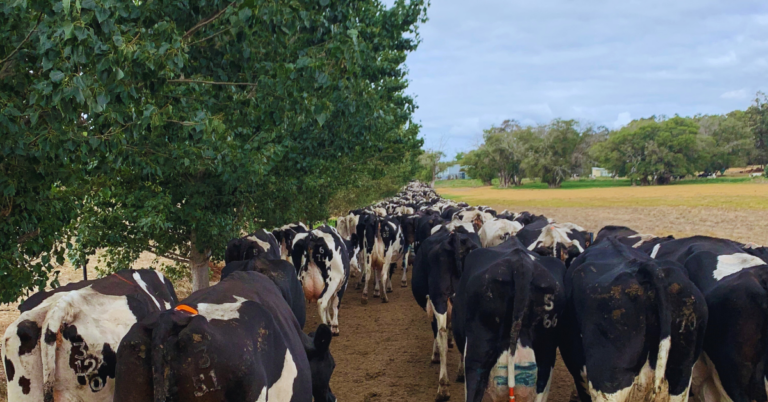
Ruth McGregor runs a dryland dairy enterprise on 320 hectares near Busselton. She’s farmed in Busselton for 26 years – 16 years have been at the family’s current property which triggered a shift in focus from supplying milk in the spring to summer.
She says the dry finish to 2023 was a reminder for farmers they needed to be ready for unexpected weather conditions.
“It was a very short season, incredibly dry spring,” she said.
“It was the first time we’ve had such a dry season here on this property. But WA has always known these dry seasons. We just need to capitalise when we can.”
While Ruth admits she wasn’t expecting to need the mower so early, her system was adaptable to the dry finish.
“We aim to produce silage, but if the season runs short and pasture dries out, we do hay. So we did some hay last year.
“Silage was down 25 to 30 percent. But we have a lot of left over silage from 2022.”
The move to summer supply has meant a need to refine their feeding strategy to ensure quality summer feed.
“We’ve built our capacity to manage feed over the years, juggling nitrogen, grain, silage and hay to formulate a ration,”
she said.
“Doing it year in year out, you start to develop confidence.”
About 15 years ago, Ruth took part in the Department of Agriculture’s “Planning for Profit” program which changed her focus from costs to profits.
“Before (the course), we used to be very focused on cost, trying to drive it down,” she said.
“But after, we started to plan for profit first and then work back from there.”
One of the essential ingredients in planning for profit has been optimising feed decisions with Rumen8software.
“Our largest milking volumes are now in the six months when we don’t have grass, so you need to feed well enough for animal health and fertility,” Ruth said.
“Rumen8 helps to refine your feeding to achieve that goal (at less cost). Before using Rumen8 we fed whatever we had and got whatever we ended up with, rather than targeting the outcome we wanted.
“We used to rely on nutritionists, who were great but not always around. So, if something changed after they left, you had to run blind. Rumen8 helped to keep up between visits. We only need to speak to a nutritionist occasionally now.”
Western Beef Association, with support from South West NRM, is running Rumen8 training sessions in Bridgetown and Mandurah on February 27 and 28, with more to follow.
But adapting to a drier and warmer climate is not all about feeding strategies. Ruth has also introduced shade to the farm, which can be critical to milk production.
“We’ve planted poplar trees that cast good shade,” she said.
“We started planting six-to-seven years ago, but I wish I’d started earlier. They grow quickly and create a lovely cooling shade. We did try natives but didn’t have any success.
“We focused on internal laneways, so the cows have shade when they come in for milking on a hot afternoon.
“Then we started putting them on paddock boundaries. The trees need fencing so makes sense to put them next to existing fences.
“There’s been no drawbacks in terms of pasture production.”
This case study is supported by the SW WA Drought Hub, through funding from the Australian Government’s Future Drought Fund.
To read more Drought Adaptation Case Studies, visit this page of our website.



